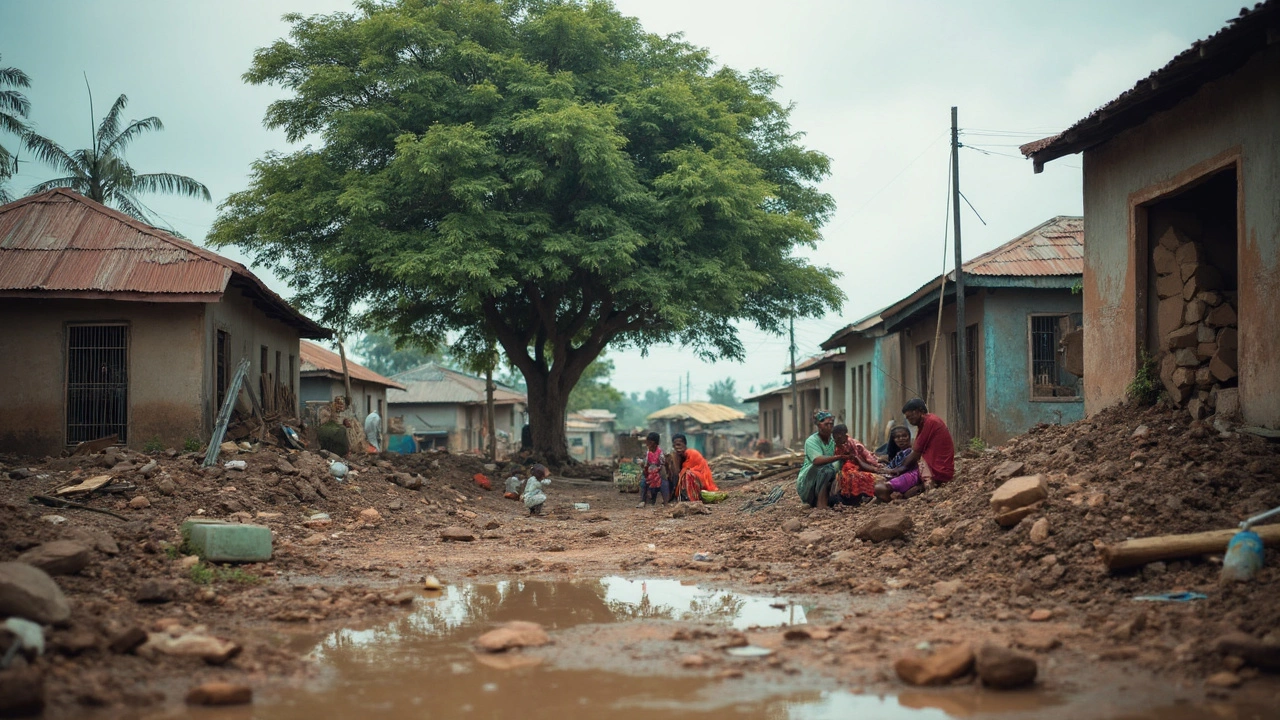Malnutrition in Africa: signs, causes and what to watch
Malnutrition affects millions across Africa, especially young children and pregnant women. It shows up as wasting (low weight for height), stunting (low height for age), and micronutrient deficiencies like low iron or vitamin A. You'll often see tired or swollen children, delayed development, or frequent infections. Knowing the signs helps families and communities act faster.
Why is this happening? Food shortages matter, but so do poor diets, unsafe water, disease, and conflicts that block food and health services. Climate shocks - droughts and floods - can wipe out harvests, while rising food prices make healthy food unaffordable. Poor access to clinics and clean water turns small illnesses into big problems.
What practical steps work right now
At home, focus on diverse, nutrient-rich foods: beans, leafy greens, eggs, fish, and fortified cereals when available. Treat diarrhea quickly with oral rehydration salts and zinc - this prevents rapid weight loss. For pregnant and breastfeeding women, iron and folic acid supplements matter. Community programmes that combine food support with health visits and growth monitoring cut malnutrition rates fast.
Local clinics should screen children for weight and height during routine visits. Community health workers trained to spot wasting can refer children to therapeutic feeding before the condition worsens. School feeding programmes also help keep kids in class and improve nutrition by providing consistent meals.
How Desert Rose Daily covers malnutrition
Desert Rose Daily reports on the ground: we cover emergency food crises, government policy, NGO responses, and local stories that show what works. Look for updates on aid deliveries, vaccination drives, and agricultural programs that help farmers grow nutritious crops. We highlight practical solutions - from small irrigation projects to community kitchens - that people can copy elsewhere.
Want to help? Support local food banks, community gardens, or verified charities working on therapeutic feeding and clean water. If you work in health or education, share screening tools and training with local clinics. Report cases in your community to health teams so they can act quickly.
Follow this tag for timely updates, human stories, and evidence-based advice. We publish alerts when food systems fail and explain what the latest policies mean for families. Bookmark the page and sign up for alerts if you want quick, practical news that helps you see the problem - and join the solution.
Journalists can make a difference by reporting causes and local responses, not just numbers. Look for stories that show how small fixes - like fortified flour, mobile clinics, or cash transfers - change lives. Spotlighting successful local projects helps donors and officials copy them. When reading reports, ask: who needs help, what's the timeline, and how are resources tracked? That keeps accountability strong. If you are a community leader, use media reports to push for school meals, clean water points, and regular child growth checks. Small policy shifts at district level often unlock big improvements for families.
Follow our malnutrition tag for field reports, calls to action, and practical advice you can use. Share local tips and hold leaders to account every day updates.

